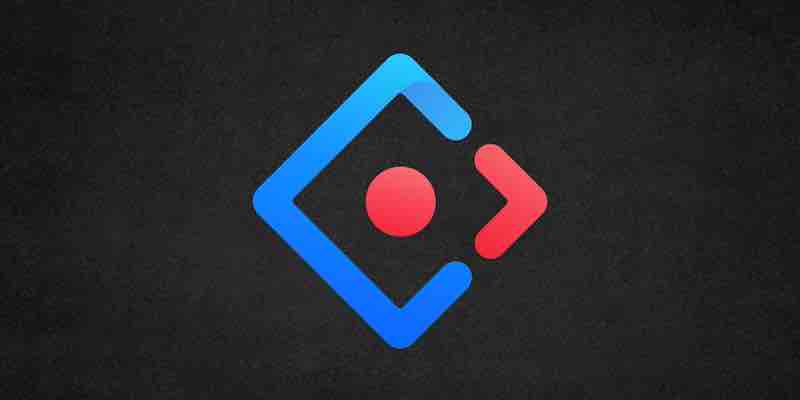Ant Design: Elevating UI Design and Development

Ant Design is an enterprise-class UI design language paired with a React UI library. It boasts a collection of high-quality React components, making it one of the top choices for React UI libraries among enterprises. The platform’s tagline, “The world’s second most popular React UI framework,” speaks volumes about its widespread adoption and popularity in the developer community.
Ant Design 5.0: A New Era
The recent release, Ant Design 5.0, has ushered in a new era of UI design and development. One of its standout features is the adoption of CSS-in-JS technology, which offers dynamic and mixable theming capabilities. This technology, especially at the component level, ensures better application performance, making them more responsive and user-friendly.
Key Features and Highlights
- Design Philosophy: Ant Design is rooted in core design values, emphasizing certainty, meaningfulness, growth, and naturalness. This philosophy ensures that the UI components are not just functional but also resonate with users on a deeper level.
- Theming Flexibility: Ant Design 5.0 introduces an extendable algorithm, simplifying the custom theme creation process. This flexibility allows developers to tailor the UI to match brand aesthetics or specific project requirements.
- Comprehensive Component Library: The platform offers a rich set of components, from modals and date pickers to progress indicators and alerts. These components cater to a wide range of development needs, ensuring that developers have the tools they need to create stunning UIs.
- Ecological Support: Ant Design provides a robust ecosystem, enabling developers to build website applications swiftly. It encompasses global styles, design patterns, and component libraries for React, Angular, and Vue.
- Mobile and Data Visualization: Beyond the standard desktop components, Ant Design extends its offerings to mobile with the Ant Design Mobile UI component library. Additionally, it introduces AntV, a new generation of data visualization solutions, ensuring that developers can present data in meaningful and visually appealing ways.
Community and Resources
A vibrant community and a plethora of resources back ant Design. Developers can access tools like Ant Design Charts, Ant Design Pro, and other frameworks and libraries. The community discussions on platforms like GitHub, Medium, and Twitter provide a space for collaboration, knowledge sharing, and problem-solving.
Ant Design is a testament to what’s possible when design philosophy meets cutting-edge technology. With its latest version, it continues to push the boundaries of UI design, offering a suite of tools and components that are both high in quality and versatile.
For those interested in diving deeper, here are some resources:
Ant Design is a collaborative effort brought to life by Ant Group and the Ant Design Community, showcasing a blend of innovation and community-driven development.
Some Alternatives
For ReactJS users, there are several UI libraries and frameworks available as alternatives to Ant Design. Here are some of the most popular ones:
- Material-UI: Inspired by Google’s Material Design, Material-UI offers various components and styles for React applications. It’s one of the most popular React UI frameworks with extensive documentation and community support.
- React Bootstrap: This is the React version of the popular Bootstrap framework. It provides Bootstrap components written purely in React, ensuring seamless integration with React applications.
- Blueprint: A React-based UI toolkit for building complex web interfaces, especially for desktop applications. It offers a comprehensive set of components optimized for building data-dense interfaces.
- Semantic UI React: The official React integration for Semantic UI, it provides a variety of user-friendly components that are themeable and come with a clean design.
- Chakra UI: A modular and accessible component library that provides building blocks to create React applications with speed. It offers a set of high-quality components that are easy to style and customize.
- Evergreen: Developed by Segment, Evergreen contains a set of polished React components that work out of the box. It’s suitable for building enterprise-grade web applications.
- Rebass: With a strong emphasis on design consistency and simplicity, Rebass offers a minimalistic set of UI components based on the Styled System library.
- Grommet: This is a React-based framework that provides accessibility, modularity, and responsiveness in its components. It’s suitable for building web applications that work across all device types.
- PrimeReact: A rich UI component library for React, offering various templates, themes, and widgets for developers to craft beautiful React applications.
- Atlaskit: Developed by Atlassian, Atlaskit is a comprehensive design system paired with React components. It’s the same system used in Atlassian products like Jira and Confluence.
Each of these alternatives has strengths, design philosophies, and component offerings. The best choice often depends on the specific requirements of the project and the preferences of the development team.